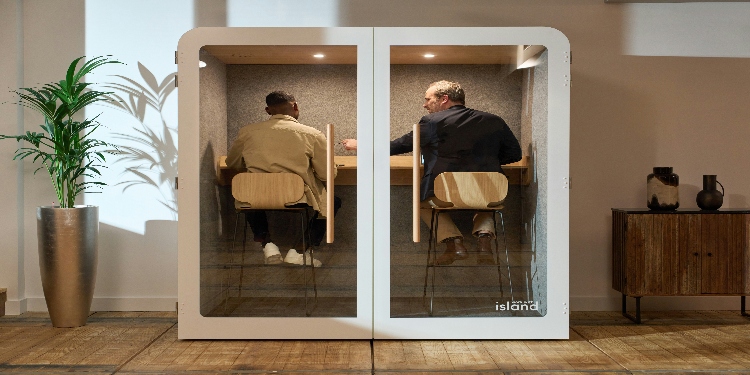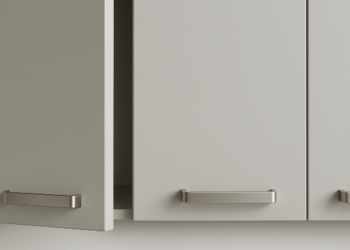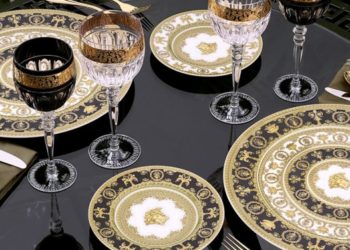The first thing that defines your perception when you go into a British restaurant, coffee shop, or gastropub is not the menu, but the seat that is waiting for you. Before the first dish comes, the chairs tell a narrative. Seating in British homes today is more than simply a design option; it’s part of the restaurant’s personality. The right commercial restaurant chairs support not only the body but also the identity of the space, speaking softly of what guests can expect from the experience ahead.
The Subtle Language of Seating
Every dining space communicates through design, and in Britain, that language blends history with innovation. A polished mahogany armchair in a fine restaurant evokes old-world sophistication, while a sleek steel-framed chair in a London café reflects modern energy. Each seat does more than fill a room; it defines its rhythm.
Some invite conversation, others create quiet focus. A high-backed leather chair may whisper luxury, while a cushioned oak seat invites comfort and connection. The way a restaurant chooses its chairs is a direct translation of how it wants guests to feel: respected, relaxed, or inspired.
Tradition with a Twist
It’s very British to change tradition without losing its charm. Designers often get ideas from the past, such as the workmanship of historic inns and manor homes. But they mix these well-known shapes with bright colors, subtle tones, or surprising metal embellishments. Bentwood and spindle-back chairs used to be seen in pleasant tea salons, but now they are in minimalist restaurants with matte black finishes and velvet upholstery.
This difference, with nostalgia mitigated by modern restraint, makes rooms that feel both familiar and new. This mix of things provides each restaurant its own sense of place and time in towns like Manchester and Edinburgh.
Material Matters
Texture and texture are now quite important for figuring out what a restaurant is trying to say. Brass, velvet, and recycled plastics show that you are unique and bold, while sustainable oak and beech show that you value local workmanship. A metal-framed chair that is strong and industrial works well in a city restaurant, whereas a woven rattan chair works well in a beach café with a lot of air. Every substance has a certain feel to it. How diners feel about quality is affected by how it feels to touch smooth wood or chilly metal. These details may seem small, but they make up the emotional structure of the room, telling a design story without words.
Comfort and Culture Intertwined
In Britain, dining has always been a social ritual. Meals are lingered over, and comfort is woven into that experience. A restaurant that invites guests to stay must think beyond aesthetics. The curve of a backrest, the depth of a cushion, and the sturdiness beneath the table all quietly guide how long someone remains seated.
A plush upholstered chair encourages relaxation, while lighter wooden or metal frames subtly suggest a quicker turnover. This balance between comfort and practicality defines British hospitality: generous, but intentional. The design becomes an invisible host, ensuring guests feel welcome but never idle.
Regional Influences and Local Flair
Travel through the UK, and you’ll notice how local culture seeps into seating design. In Brighton’s seaside cafés, chairs often carry a breezy, natural look, weathered wood, and woven fibers that echo the horizon. In Scottish lodges, darker hues and heavier fabrics bring warmth against the cold outside. Meanwhile, urban restaurants take risks: mixed materials, vibrant colors, and mismatched seating arrangements that mirror city life’s diversity.
Even chain restaurants adjust their choices, adopting finishes that blend into the neighborhood’s rhythm. Through these details, seating connects design to geography, proving that style can be deeply regional without losing modern appeal.
Craftsmanship as Storytelling
Every restaurant chair carries a maker’s touch. British craftsmanship, whether rooted in small Yorkshire workshops or sleek London studios, values storytelling as much as structure. Visible joints, hand-finished surfaces, and subtle imperfections become badges of authenticity.
These aren’t flaws. They’re personality traits. In an age of mass production, diners notice the difference between a chair made with care and one that feels anonymous. The former communicates pride and transparency, quietly aligning with the honesty of the food and service. A well-crafted chair does more than support; it builds trust, one seat at a time.
The Modern Guest Experience
Today’s guests are design-aware in ways they never used to be. They look for spaces that align comfort, style, and intention. A thoughtfully chosen chair doesn’t just photograph well; it transforms a visit into a sensory experience. Diners may not recall every flavor, but they remember how they felt in a space that understood them. The alignment between furniture and mood reinforces loyalty, turning first-time visitors into regulars. In this sense, restaurant chairs act as subtle emotional anchors, shaping moments that linger long after the meal is over.
A Lasting Impression of Character
The quiet confidence of modern British homes is what makes them stand out. There is a bigger conversation going on between tradition and innovation in every chair, table, and texture. In this changing world, restaurant chairs have become more than just useful furniture; they are also a way to show who you are. A well-chosen chair shows not only how a restaurant wants to look, but also how it feels about comfort, legacy, and hospitality.
In the end, the most memorable dining rooms are the ones where everything works together to make people feel something and belong. The seats in these rooms do more than just round off the look; they make visitors want to stay, share, and come back. They leave behind memories that remain long after the meal is over, serving as a quiet but powerful reminder that excellent design is never just seen; it’s felt, one seat at a time.














































































